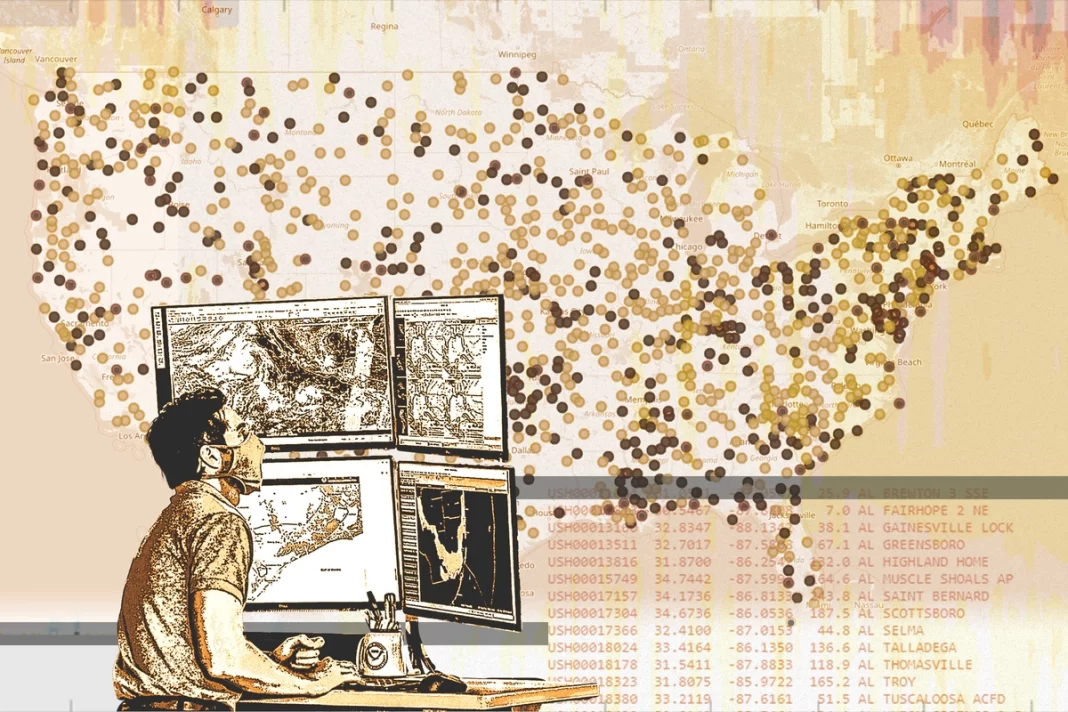Hundreds of ‘ghost’ climate stations are no longer operational; instead they are assigned temperatures from surrounding stations.
The National Oceanic and Atmospheric Administration (NOAA) predicts July, August, and September will be hotter than usual. And for those who view warmer temperatures as problematic, that’s a significant cause for concern.
“Earth’s issuing a distress call,” said United Nations secretary-general António Guterres on March 19. “The latest State of the Global Climate report shows a planet on the brink.
“Fossil fuel pollution is sending climate chaos off the charts. Sirens are blaring across all major indicators: Last year saw record heat, record sea levels, and record ocean surface temperatures. … Some records aren’t just chart-topping, they’re chart-busting.”
President Joe Biden called the climate “an existential threat” in his 2023 State of the Union address. “Let’s face reality. The climate crisis doesn’t care if you’re in a red or a blue state.”
In his 2024 address he said, “I don’t think any of you think there’s no longer a climate crisis. At least, I hope you don’t.”
When recalling past temperatures to make comparisons to the present, and, more importantly, inform future climate policy, officials such as Mr. Guterres and President Biden rely in part on temperature readings from the United States Historical Climatology Network (USHCN).
The network was established to provide an “accurate, unbiased, up-to-date historical climate record for the United States,” NOAA states, and it has recorded more than 100 years of daily maximum and minimum temperatures from stations across the United States.
The problem, say experts, is that an increasing number of USHCN’s stations don’t exist anymore.
“They are physically gone—but still report data—like magic,” said Lt. Col. John Shewchuk, a certified consulting meteorologist.
“NOAA fabricates temperature data for more than 30 percent of the 1,218 USHCN reporting stations that no longer exist.”
He calls them “ghost” stations.
Mr. Shewchuck said USHCN stations reached a maximum of 1,218 stations in 1957, but after 1990 the number of active stations began declining due to aging equipment and personnel retirements.
NOAA still records data from these ghost stations by taking the temperature readings from surrounding stations, and recording their average for the ghost station, followed by an “E,” for estimate.
By Katie Spence









